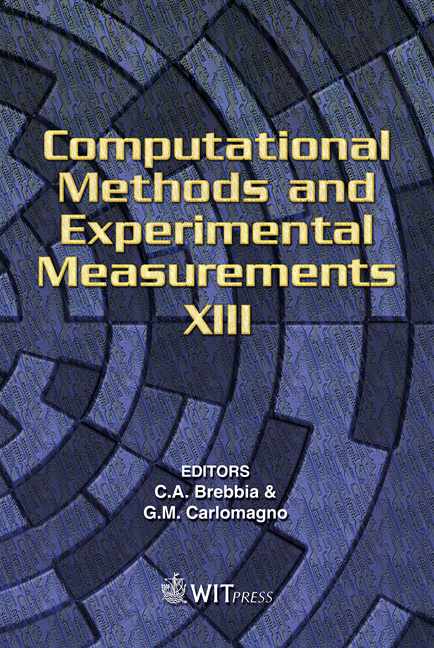Application Of The Cement Hydration Equation In Self-compacting Concrete’s Compressive Strength
Price
Free (open access)
Transaction
Volume
46
Pages
13
Published
2007
Size
523 kb
Paper DOI
10.2495/CMEM070651
Copyright
WIT Press
Author(s)
N. Anagnostopoulos, A. Gergiadis & K. K. Sideris
Abstract
The development of the compressive strength of different self-compacting concretes is experimentally investigated in this research. The self compacting concretes belonged to different strength classes C20/25, C25/30, C30/37 and C35/45. A total of eight mixtures with different cements and different types of aggregates were produced. For comparison reasons additional conventionally vibrated concretes (NCC) of the same strength classes were also produced with the same cements and aggregates. The compressive strength of all mixtures was studied with the help of the cement hydration equation. The hydration number p was determined using the hydration criterion of mortar’s compressive strength. The compressive strength equations were therefore set up for all SCC and NCC produced and their compressive strength values at different hydration ages up to 15 years were calculated. The results indicate that in the case of SCC of all tested classes their compressive strength was significantly increased after the age of 7 days. This increase was much higher than the one measured on conventional concretes of the same strength class. It seems therefore that self compacting concretes produced with limestone filler have a significantly high safety coefficient, regarding the increase of their compressive strength at the late hydration ages. Keywords: self compacting concrete, cement hydration equation, compressive strength, limestone filler, aggregates.
Keywords
self compacting concrete, cement hydration equation, compressive strength, limestone filler, aggregates.





